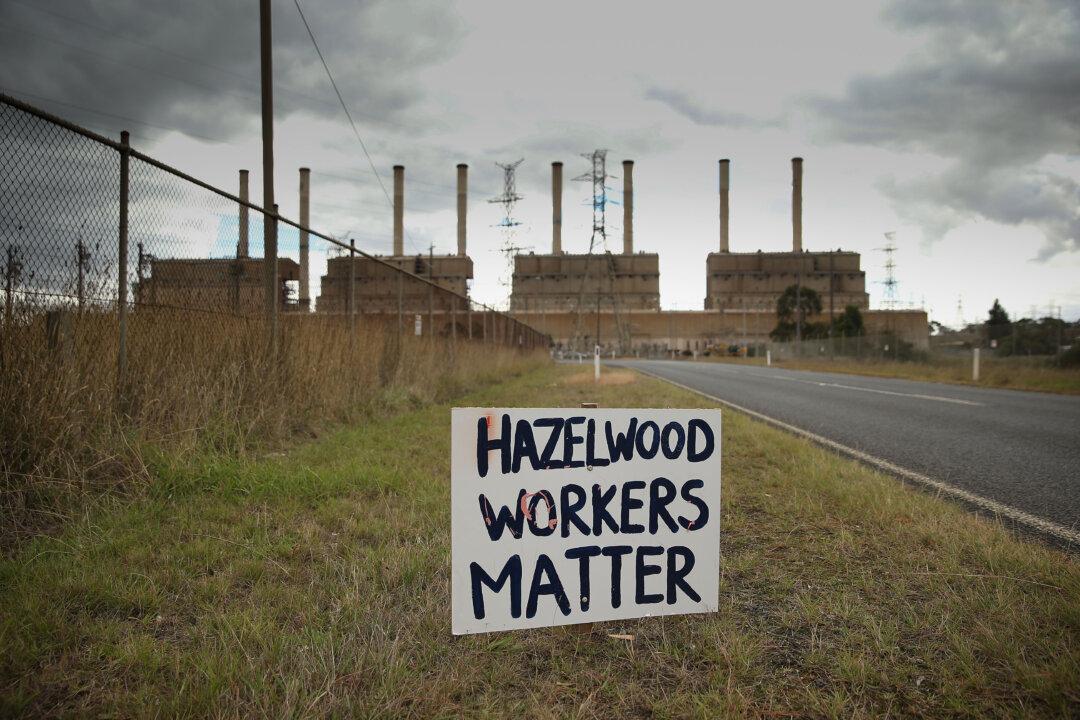People are still unemployed seven years after the Hazelwood Power Station in Victoria was shut down, an Australian parliamentary inquiry has heard.
At the recent hearing on establishing civilian nuclear power in the country, the Latrobe City Council’s mayor, Dale Harriman, revealed his community had not recovered from the closure of the coal-fired power station.





